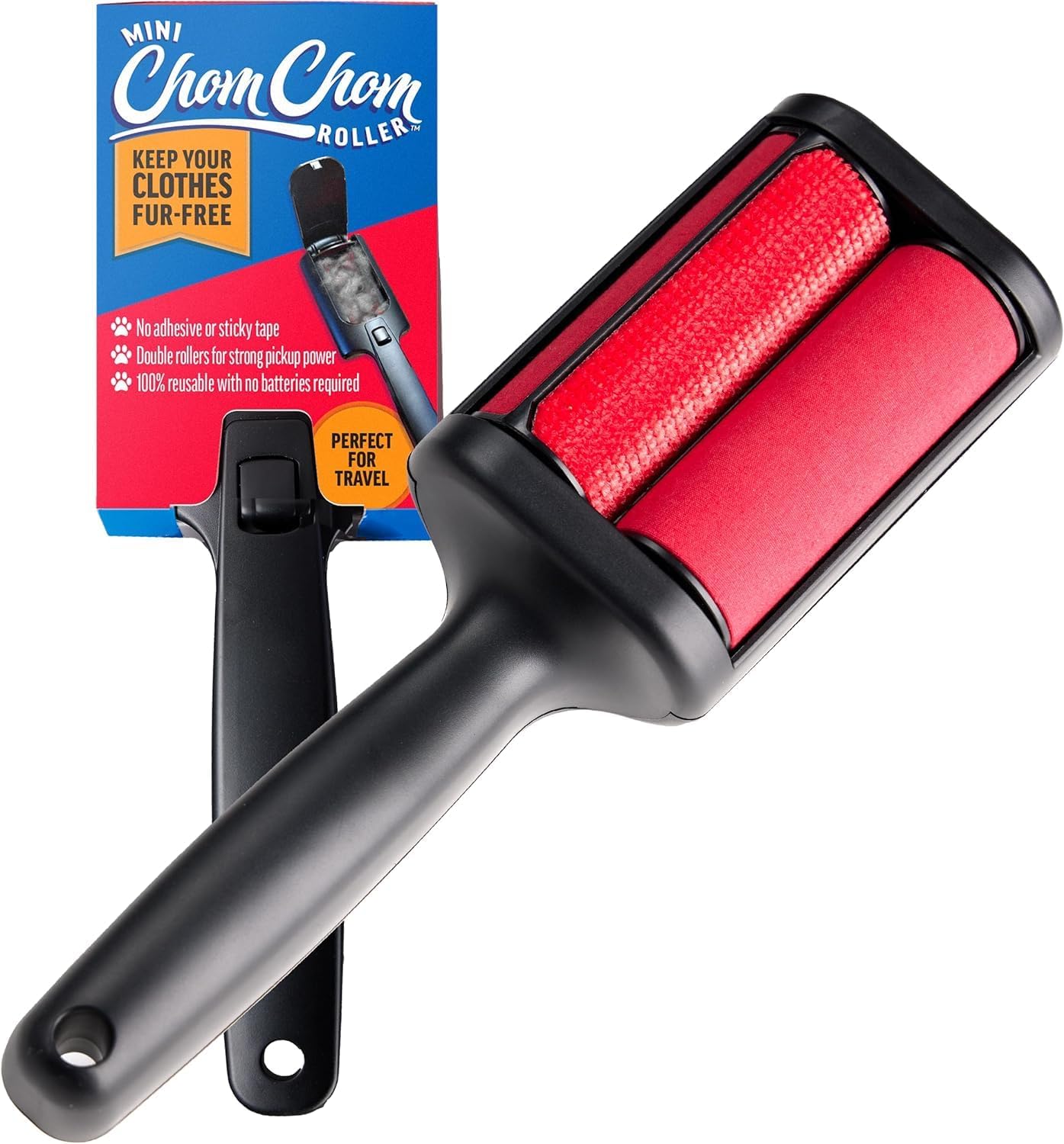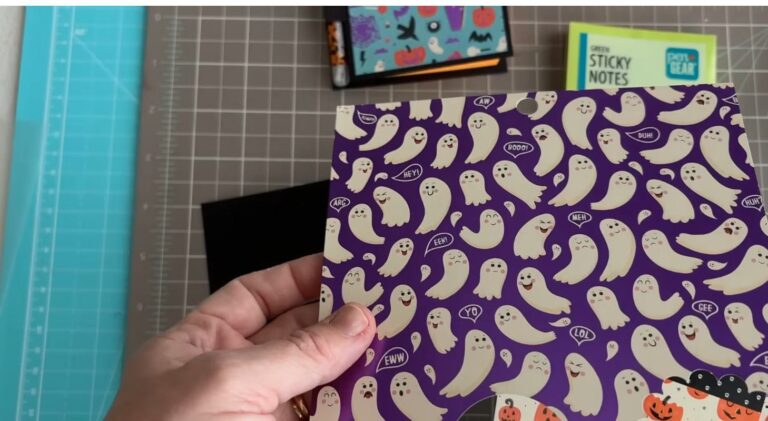5 Best Reusable Lint Rollers for Cat Hair Removal – Effortless Hair-Free Clothes and Furniture
If you share your home with a cat, you know the struggle: your favorite sweater, couch, or car seat is constantly covered in fine, stubborn cat hair. You spend minutes brushing, shaking, or vacuuming only to find hair reappearing the next day. This constant battle can feel overwhelming, especially when you want a clean home without spending endless hours on chores.
Many pet owners look for a quick and effective solution that is reusable, eco-friendly, and versatile. Traditional disposable rollers leave behind adhesive waste, while vacuuming or brushing often fails to remove hair from fabrics deeply. This is where reusable lint rollers come in. These tools allow you to remove cat hair from clothes, furniture, and even carpets effortlessly. They save time, reduce frustration, and help maintain a presentable, hair-free home.
In this guide, I’ll introduce the five best reusable lint rollers for cat hair removal. From the highly-rated ChomChom Roller for multi-surface use to innovative gloves like KEYHELP and Bumilily, each product offers a unique way to tackle cat hair. You’ll also find tools like StickyRoot for more embedded hair and carpet rakes for deep cleaning rugs.
By following the tips in this guide, you can achieve:
-
Fur-free clothes in seconds, even after cuddling with your cat.
-
Clean furniture and carpets, reducing allergens and maintaining a fresh home.
-
Reusable solutions that save money and minimize waste compared to disposable rollers.
-
Practical, easy-to-use tools suitable for everyday life with cats.
Whether your cat sheds lightly or heavily, this guide will help you select the best lint roller for your needs. You’ll gain actionable advice, understand the unique benefits of each tool, and discover how to make your home more comfortable, clean, and free from cat hair.

Why Cat Hair Clings to Clothes and Furniture
Living with cats means coexisting with their beautiful fur – even when it ends up everywhere but the cat. The science behind this furry phenomenon reveals why some surfaces become hair magnets while others remain relatively clean.
Understanding Static Electricity and Hair Adhesion
Every time your cat moves, their fur generates electrical charges through friction. This process, called triboelectric charging, creates an invisible force field that makes lightweight cat hairs literally jump onto nearby surfaces. Dry environments dramatically intensify this effect – during winter months when indoor heating reduces humidity, you’ll notice significantly more hair accumulation. The finer and lighter the cat hair, the more susceptible it is to this electrical attraction, which explains why even regular vacuuming doesn’t always solve the problem.
Fabric Types That Attract Cat Hair Most
Certain materials seem designed specifically to capture and hold feline fur. Synthetic fabrics like polyester and acrylic generate the strongest static charges, acting like electromagnetic fur collectors. Plush materials such as velvet, fleece, and microfiber feature thousands of tiny loops that mechanically trap hairs like miniature fishing nets. Even natural fibers like wool and cotton can become furry hotspots due to their textured surfaces and moisture-wicking properties. Interestingly, tightly woven synthetic blends used in athletic wear often resist hair accumulation better than traditional clothing materials.
How Shedding Patterns Affect Hair Accumulation
Your cat’s natural rhythms directly impact your cleaning schedule. Most felines experience major shedding cycles during seasonal transitions in spring and fall, though indoor cats exposed to artificial lighting and climate control may shed year-round. Long-haired breeds like Persians and Maine Coons leave more visible fur, while short-haired cats like Siamese shed finer, nearly invisible hairs that weave deeply into fabric weaves. Factors like diet, stress levels, and overall health significantly influence shedding intensity, meaning a happy, well-nourished cat might still decorate your furniture with their coat.
Specialized Tools for Cat Hair
While basic rollers handle everyday cleaning, some situations call for specialized equipment designed specifically for stubborn cat hair removal.
Carpet Rake for Deep Cleaning Rugs
When cat hair becomes embedded deep within carpet fibers, standard rollers often prove insufficient. A carpet rake features flexible rubber blades that reach down into the pile, pulling up trapped hairs that vacuum cleaners miss. The gentle scraping motion dislodges fur without damaging fibers, making it ideal for high-traffic areas where your cat likes to lounge. Many models include extendable handles to protect your back during larger cleaning projects.
Lilly Brush Mini for Detail Work on Clothes
This compact tool excels at precision cleaning on garments and delicate fabrics. The fine silicone bristles safely lift hairs from wool coats, silk blouses, and other sensitive materials without causing pulls or snags. Its pocket-sized design makes it perfect for last-minute touch-ups before leaving home. The flexible head conforms to buttons, seams, and other challenging areas where traditional rollers struggle to reach effectively.
Combination Methods with Gloves and Rollers
For maximum effectiveness, pair different tools in a strategic cleaning sequence. Start with rubber gloves to remove surface hair from furniture using broad, sweeping motions. Follow with a detailed roller to capture remaining strands in crevices and corners. Finish with a static-free cloth to eliminate any final particles. This layered approach ensures complete hair removal from both surface and embedded locations.
How to Choose the Best Lint Roller for Cat Hair
Selecting the right tool requires considering several practical factors that affect both performance and convenience.
Fabric Type and Surface Coverage
Match your roller to the materials you clean most often. Smooth silicone surfaces work beautifully on upholstery and car interiors, while velvet brushes gently handle delicate clothing. Consider the size of areas you typically clean – wider rollers cover sofas quickly, while smaller heads provide better control on garments. If you maintain both furniture and wardrobe, consider owning multiple tools designed for specific purposes.
Ease of Cleaning and Reusability
Examine how each tool manages collected hair. Chambers that open for easy emptying simplify maintenance compared to brushes requiring manual hair removal. Washable materials that air dry quickly offer more convenience than those needing special care. Durable construction ensures your investment lasts through repeated use, saving money over disposable alternatives.
Ergonomic Design for Frequent Use
Comfort matters when cleaning becomes part of your regular routine. Seek handles that fit naturally in your hand, with textured grips that prevent slipping during use. Lightweight materials reduce arm fatigue, while balanced weight distribution makes extended cleaning sessions more comfortable. Tools that work with natural body movements cause less strain on wrists and shoulders.
Check Real-World Reviews
Customer experiences reveal how products perform outside controlled testing environments. Look for feedback about long-term durability and real-world effectiveness on various fabrics. Notice comments about ease of maintenance and replacement part availability. Reviews often contain helpful tips for maximizing each tool’s potential that manufacturers might not mention.
Tips for Efficient Cat Hair Removal
Smart techniques can transform your cleaning routine from chore to quick, effective process.
Quick Swipe Techniques for Furniture
Work in systematic sections using overlapping strokes to ensure complete coverage. Move from top to bottom on upholstery, allowing gravity to help with hair removal. For patterned fabrics, change directions periodically to catch hairs hiding in textured surfaces. On cushions, remove them completely to clean all sides, paying special attention to seams and piping where hair accumulates.
Maintaining Rollers and Gloves
Clean tools after each use to maintain peak performance. For chamber-style rollers, ensure the mechanism moves freely and clear any obstructions promptly. Silicone surfaces benefit from occasional deep cleaning with mild soap and thorough drying. Store tools in clean, dry locations away from direct sunlight to preserve material integrity. Regularly inspect for wear and replace components showing significant deterioration.
Using Gloves with Rollers for Stubborn Hair
Combine tools for challenging situations. Wear textured gloves for initial surface cleaning to loosen embedded hairs, then follow with a roller for final removal. On deeply embedded hair, slightly dampen gloves to increase friction and lifting power. For clothing, use gloves first on collars and cuffs where hairs cluster, then finish with a gentle roller for overall smoothing. This partnership approach often solves problems that single tools cannot handle alone.
Remember that consistency matters more than intensive occasional cleaning. Brief daily maintenance keeps hair under control more effectively than marathon sessions. Establish convenient storage spots for your tools where they’re easily accessible, making quick cleanups simple to accomplish. With the right equipment and techniques, managing cat hair becomes an effortless part of your household routine rather than a constant battle.











